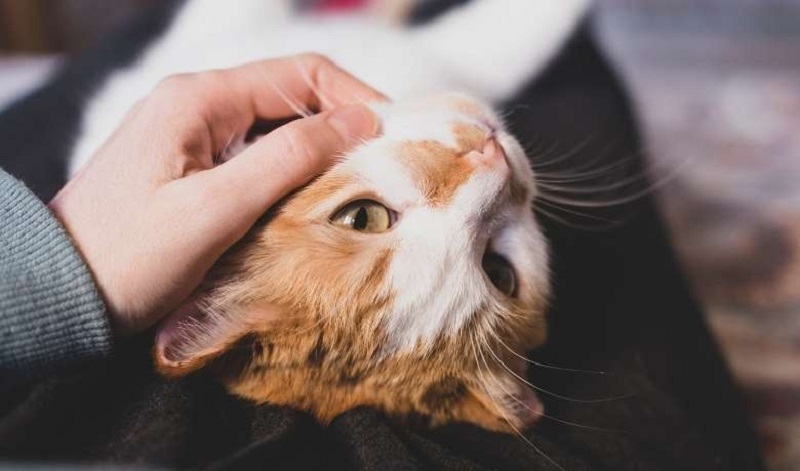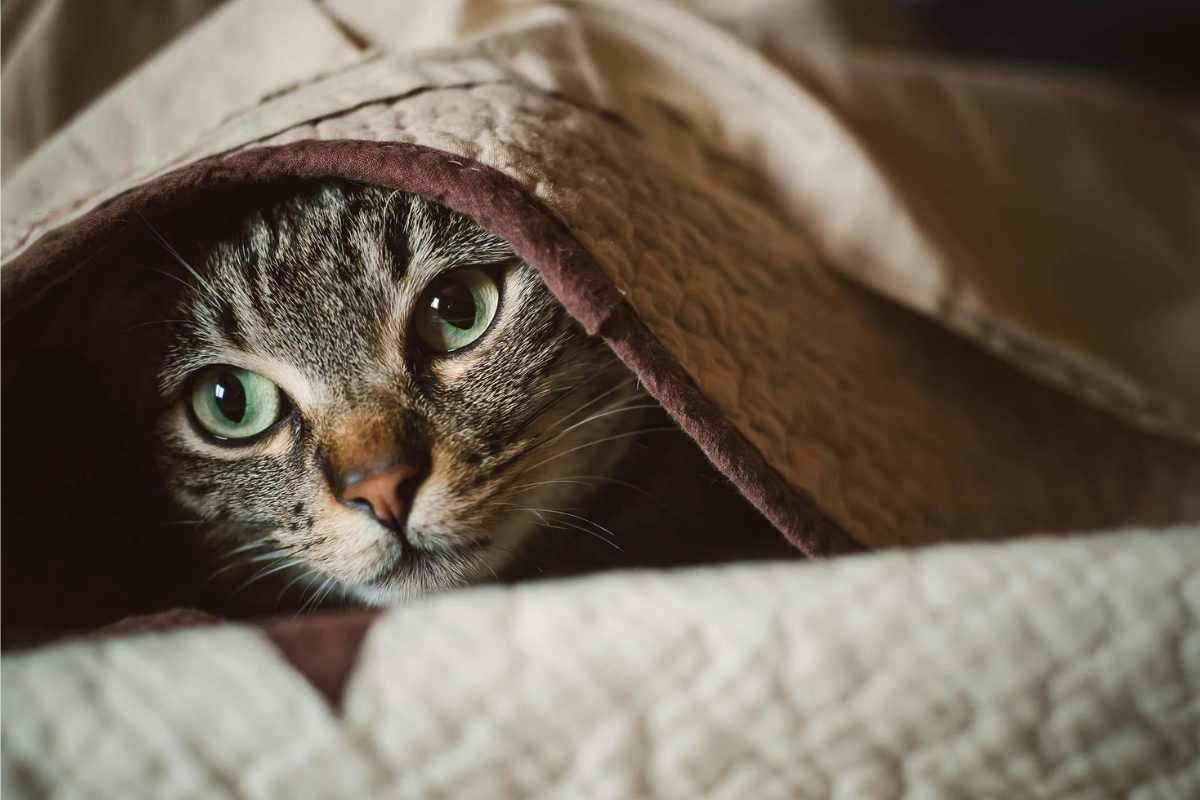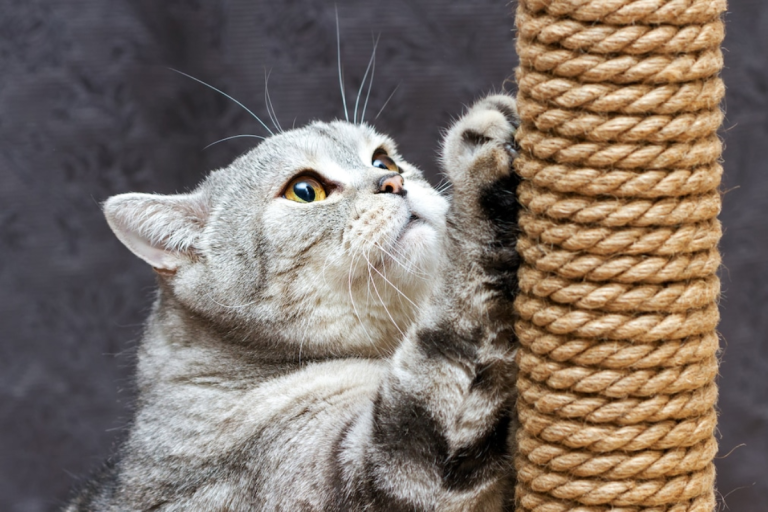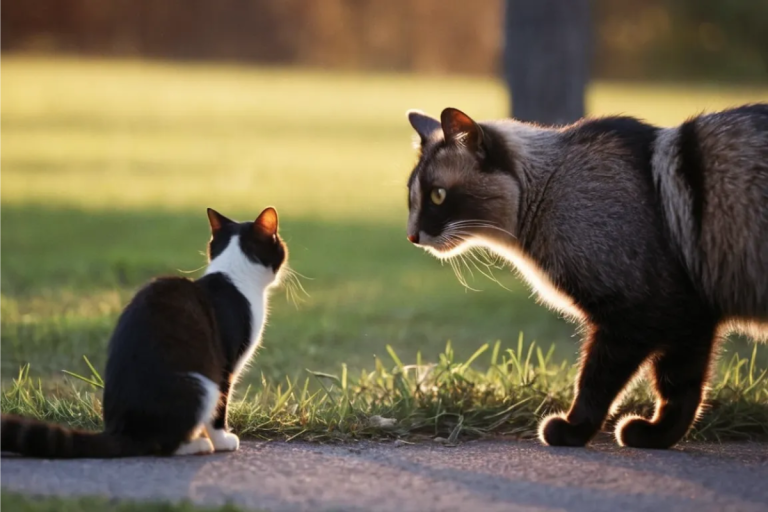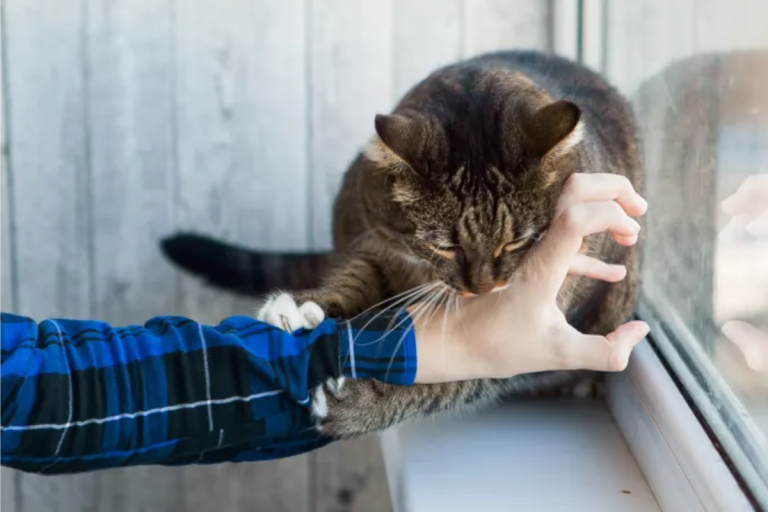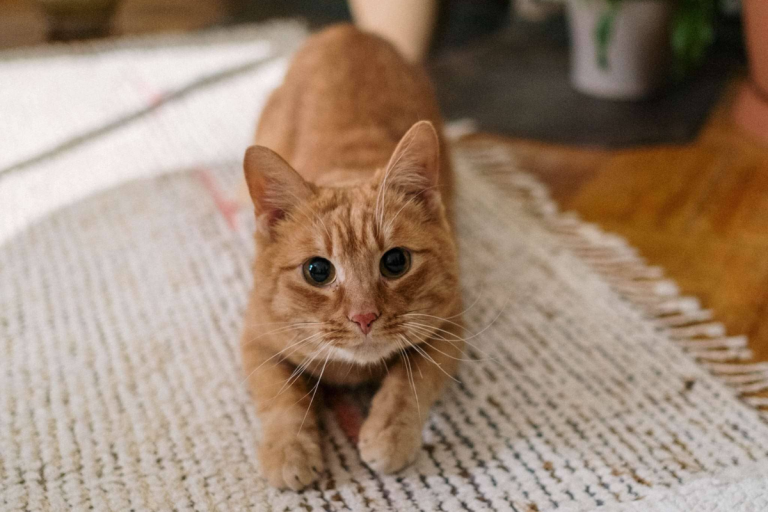Cats can be mysterious creatures. One minute they’re affectionate, and the next they seem distant or even fearful. If your cat’s lack of friendliness feels puzzling, you might wonder if past trauma could be to blame. Unlike dogs, who are often open about their emotions, cats tend to hide their feelings.
But just because they’re good at masking their emotions doesn’t mean trauma hasn’t left its mark. In fact, cats who’ve experienced traumatic events in the past may exhibit behaviors that come across as unfriendly or withdrawn.
So, what should you do if you think trauma is causing your cat’s aloofness? First, it’s essential to understand how trauma can affect feline behavior and how to help them regain their confidence.
What Does Trauma in Cats Look Like?
Trauma in cats isn’t always easy to spot because they’re masters at hiding their discomfort. However, if your cat is consistently distant, scared, or even aggressive, it may be a sign that they’ve experienced trauma at some point in their lives. Knowing what to look for can help you understand whether your cat’s behavior is rooted in past experiences.
Behavioral Symptoms of a Traumatized Cat
A traumatized cat might display a range of behaviors that seem out of the ordinary. One of the most common symptoms is heightened fear. Cats who have been through traumatic experiences may become easily startled by loud noises, new people, or sudden movements. You might also notice that they avoid eye contact, stay hidden for long periods, or refuse to engage in playtime.
Other signs include aggression. A previously friendly cat might hiss, swat, or bite unexpectedly. This aggression isn’t necessarily about dominance—it’s often a defensive reaction based on fear. Cats who’ve experienced trauma may also become hyper-vigilant, scanning their environment constantly as if they expect danger around every corner.
Physical Symptoms That Can Indicate Trauma
In addition to behavioral symptoms, trauma can sometimes manifest physically. A cat that’s experienced something traumatic might develop symptoms like over-grooming (which leads to bald patches), loss of appetite, or even digestive issues due to stress. These physical signs, combined with behavioral changes, can indicate that your cat is struggling to overcome past trauma.
How Past Trauma Impacts Your Cat’s Social Behavior
Cats who have been through trauma often struggle with social interactions. This doesn’t mean your cat will never be friendly, but they might need more time and support to feel safe and comfortable again. Let’s look at how trauma can shape your cat’s social behavior.
Fear and Aggression as Defense Mechanisms
Fear-based aggression is one of the most telling signs that a cat has been traumatized. Your cat may lash out not because they want to harm you, but because they’re scared. Trauma can cause a cat to become hyper-reactive, meaning they’re on edge all the time and may resort to aggression when they feel threatened. Unfortunately, this defensive behavior can make it difficult for them to form bonds with people or other pets.
Withdrawal and Avoidance in Social Situations
Alternatively, some traumatized cats withdraw completely. If your cat avoids contact, hides frequently, or retreats when guests visit, it could be because they associate social interactions with something negative from their past. In these cases, their “unfriendliness” is more about self-preservation than a lack of affection.
Steps to Help a Traumatized Cat Feel Safe
Once you’ve recognized the signs of trauma in your cat, the next step is to create an environment that helps them feel secure. Building trust with a traumatized cat takes time, but with the right approach, you can help them open up and feel more comfortable in their surroundings.
Creating a Safe Environment
The first step in helping a traumatized cat is to create a space where they feel safe. This could mean giving them their own quiet area in the house, away from high-traffic zones. Include a comfortable bed, some of their favorite toys, and access to food and water. Reducing loud noises and limiting the number of new experiences your cat is exposed to will help them feel more in control of their environment.
Gentle and Positive Interactions
When interacting with a traumatized cat, it’s important to be gentle and non-threatening. Avoid sudden movements or loud voices, as these can trigger their fear. Instead, approach them slowly, offering treats or soft-spoken encouragement. Start with brief interactions and gradually increase the time you spend with them as they start to feel more comfortable.
Building Trust Over Time
Trust is the cornerstone of any relationship with a cat, especially one that’s been through trauma. Your cat needs to know that they’re in a safe and loving environment before they’ll let their guard down. It may take weeks, months, or even longer, but as long as you remain patient and consistent, your cat will begin to trust you. Celebrate small victories, like your cat allowing you to pet them or sit near you without retreating.
The Role of Patience and Time in Healing Trauma
Healing trauma in a cat is not a quick fix, but the results can be incredibly rewarding. One of the biggest mistakes cat owners make is expecting too much too soon. Bonding with a traumatized cat requires patience, time, and respect for their boundaries.
Respecting Your Cat’s Boundaries
Pushing your cat too far too quickly can backfire. If they need space, give it to them. If they only allow you to pet them for a few seconds, resist the urge to extend the interaction. By respecting your cat’s limits, you’ll be showing them that you understand their needs and won’t force them into uncomfortable situations.
Small Victories Lead to Big Progress
Every little step forward is a big win. If your cat starts sitting in the same room as you, even if they’re on the other side of the couch, that’s progress. If they let you pet them without pulling away, you’re on the right track. The key is to remain positive and keep the momentum going, rewarding your cat for every small step toward recovery.
Should You Seek Professional Help for a Traumatized Cat?
Sometimes, despite your best efforts, you may feel like you’re not making enough progress in helping your cat overcome their trauma. That’s okay. In these cases, seeking professional help can be a good option to ensure your cat gets the support they need.
When to Consult a Veterinarian or Behaviorist
If your cat’s behavior doesn’t improve over time or if their aggression becomes dangerous, it might be time to consult a veterinarian or an animal behaviorist. A professional can help you determine if your cat has underlying medical issues contributing to their behavior or if specialized training techniques could benefit your pet.
Therapeutic Options for Cats with Severe Trauma
For cats with severe trauma, there are therapeutic options available. This can include medications to help manage anxiety or stress, as well as behavioral therapy techniques designed to desensitize your cat to triggers. A professional can guide you through these processes, ensuring your cat gets the care they need to heal.
FAQs
How can I tell if my cat’s behavior is due to past trauma?
Signs of trauma in cats include fear-based aggression, excessive hiding, avoidance of social interactions, and physical symptoms like over-grooming or appetite loss.
Is it possible to reverse trauma in cats completely?
While some cats may fully recover from trauma, others might carry some residual effects.
Conclusion
Cats that have experienced trauma can sometimes come across as distant or unfriendly, but with time, patience, and the right approach, it’s possible to build trust and help them regain their confidence. By creating a safe space, offering gentle and positive interactions, and respecting your cat’s boundaries, you can slowly help them feel secure and loved.
If progress seems slow or if you’re concerned about your cat’s well-being, don’t hesitate to seek professional guidance. Remember, healing takes time, but the bond you’ll form with your cat in the end will be worth every effort.

